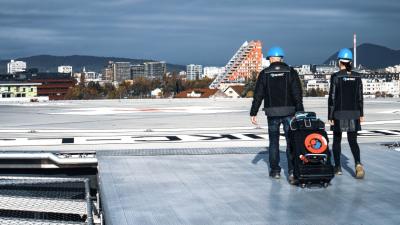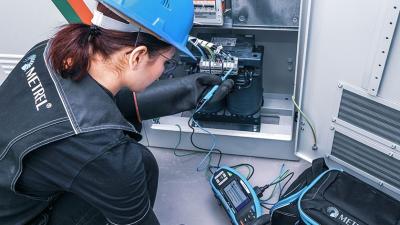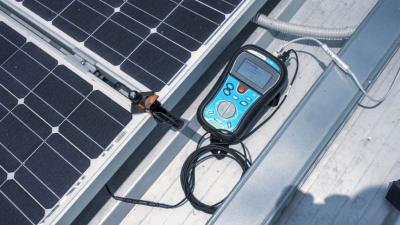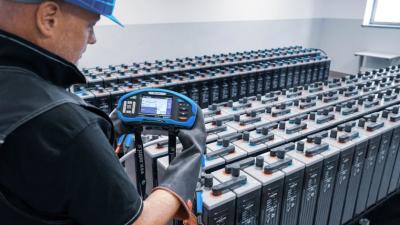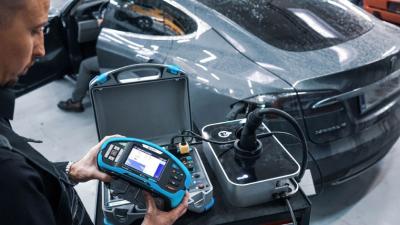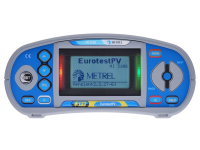Special locations
Building Facilities
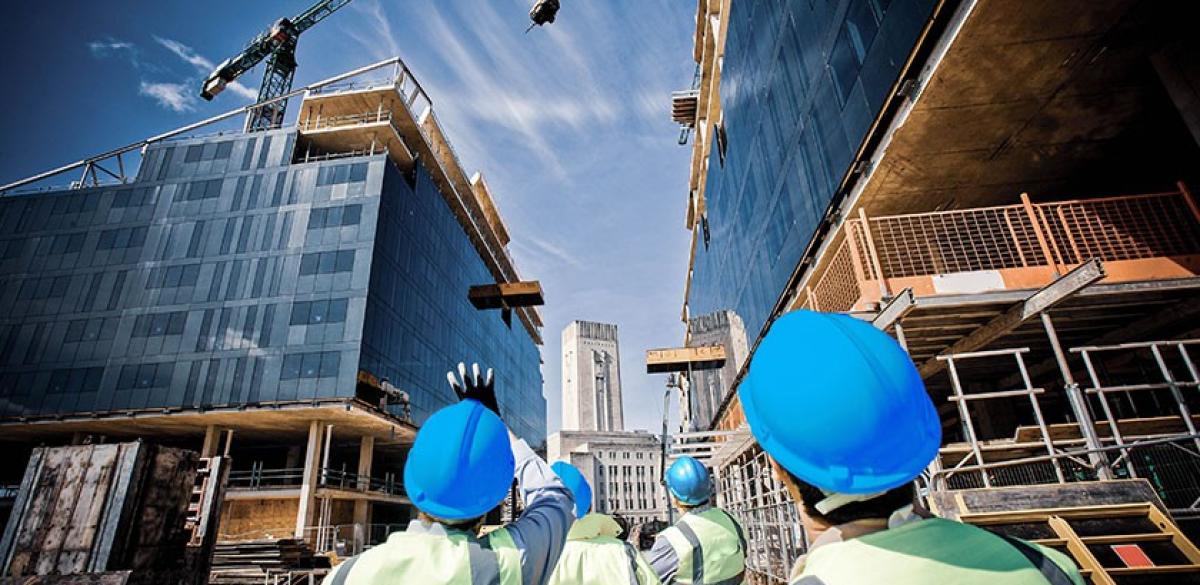
Just as the installations in particular locations are specialised and vary, so are the measurement methods and instruments for use in them. One has to consider the working environment in terms of dust, moisture, temperature and ambient light, voltage, current and frequency ranges, accessibility of installation and other challenges that may present themselves in the field. Special requirements for installations can be roughly divided to groups.
Wet places - They include bathrooms, swimming pools, and marinas. Wet area is defined as any that has the potential to get in considerable contact with water, from high moisture to submerged locations. The testing required is similar to general public space, but no exceptions are permissible.
Local supply Installations - They include photovoltaics and fixed installed generators. Fixed installed generators are a source of backup power for emergencies and is most commonly used public service facilities that can’t be just shut down like hospitals and airports. UPS system is in place to bridge the time before a generator can be started. Solar power has specific components, like inverter and charge controller for the batteries that need to be periodically tested. The system is expected to need little maintenance but regular checks.
Isolated locations - They include medical installations, transportable installations, installations in the mobile units and caravans. Isolated means an installation that has neutral and protective earth strictly separated, and only the latter is grounded. This arrangement makes for higher power quality. Main safety issue is insulation. It is continually monitored by a insulation monitoring device, but should be regularly measured as well.
Outdoor locations - They include construction sites, agricultural sites, camping parks and external lighting. Temporary installations like fairgrounds and festivals are only slightly different. There are fixed and temporary parts to them that need to be easily separable. A number of extra precautions for switchboards and cabling apply. Dust and damp are present in all of them. Protective device sizing is a priority. Testing frequency for most of the installation is every six month or less and has to be performed by a professional. In the agricultural environment, the specifics are cow trainers and electric fences. High operating voltage warrants separate and well executed earthing system.
Competencies at edison
EDISON is an international organisation for certification of competences in electrical safety testing. Click on the links for more information on each competency.
- MEDi: Medical and Surgery Rooms Electrical Installations Safety
- EISinsp: Low Voltage Electrical Installation Safety for Inspectors
- eMOB: Electrical LV Installations in Mobile Units Safety
- EVSE: Electrical Vehicle Supply Equipment Safety
- PVV: Photo Voltaic Installations Safety/Quality
- IEC / HD 60364-6 Low Voltage Electrical Installation Safety: Part 6 Verification
- IEC 62305 – Protection against lightning
- IEC / HD 60364-6 Low Voltage Electrical Installation Safety: Part 6 Verification.
- IEC / HD 60364-7-712 Low Voltage Electrical Installation Safety: Part 6 Verification.
- EC / EN / HD 60364-7-717 Low-voltage electrical installations: Requirements for special installations or locations – Supplies for Electrical Vehicles
- IEC / EN HD 60364-7-710 Low-voltage electrical installations – Part 7-710: Requirements for special installations or locations – Medical Location
- IEC EN 61557 – 8 Insulation monitoring devices for IT systems
